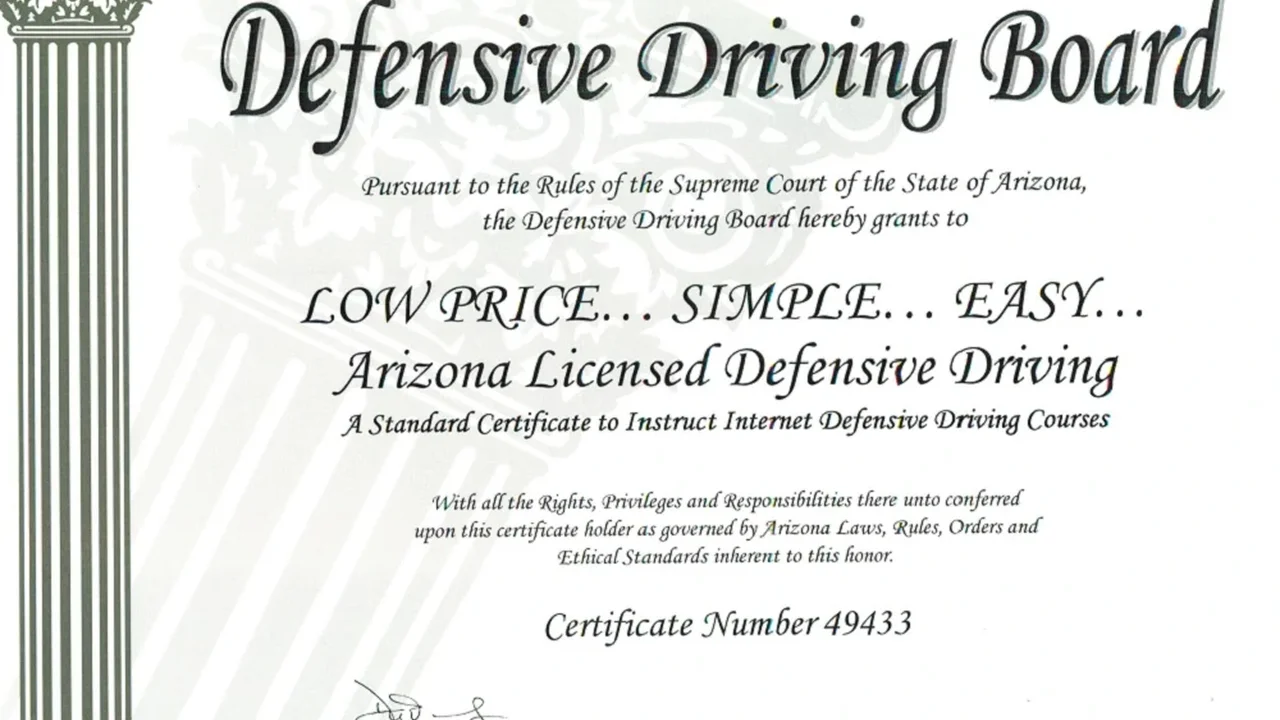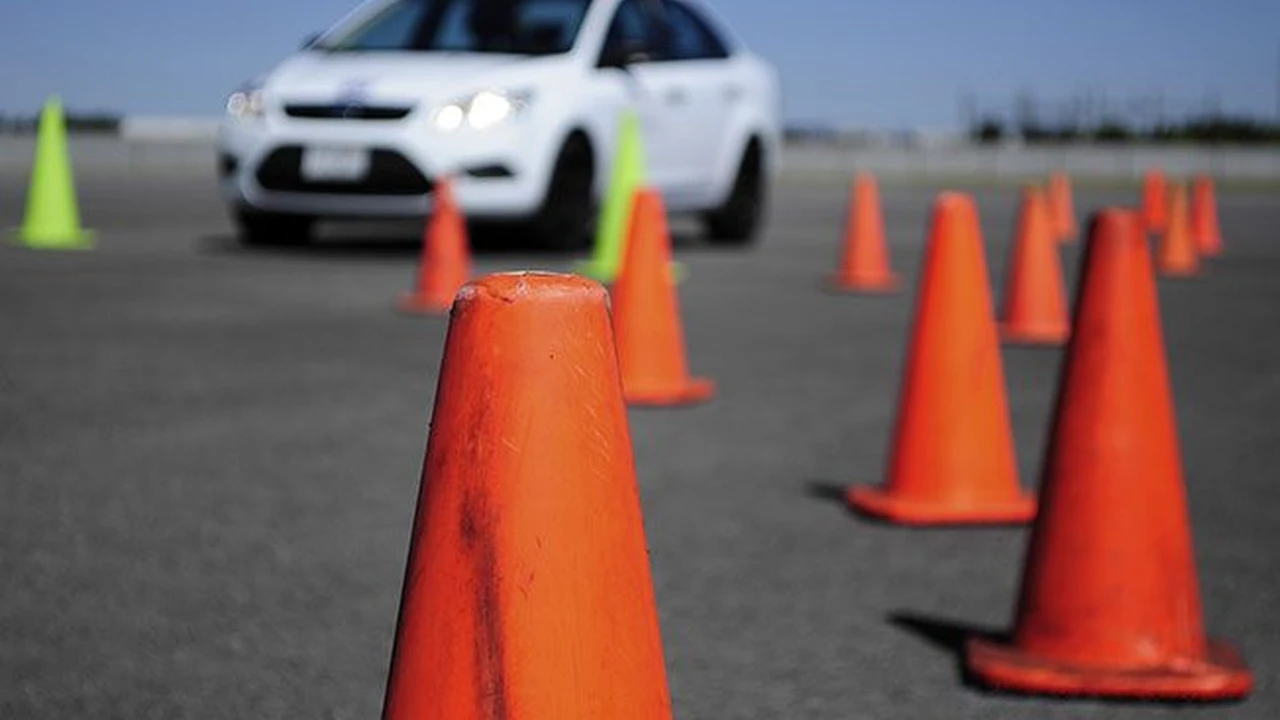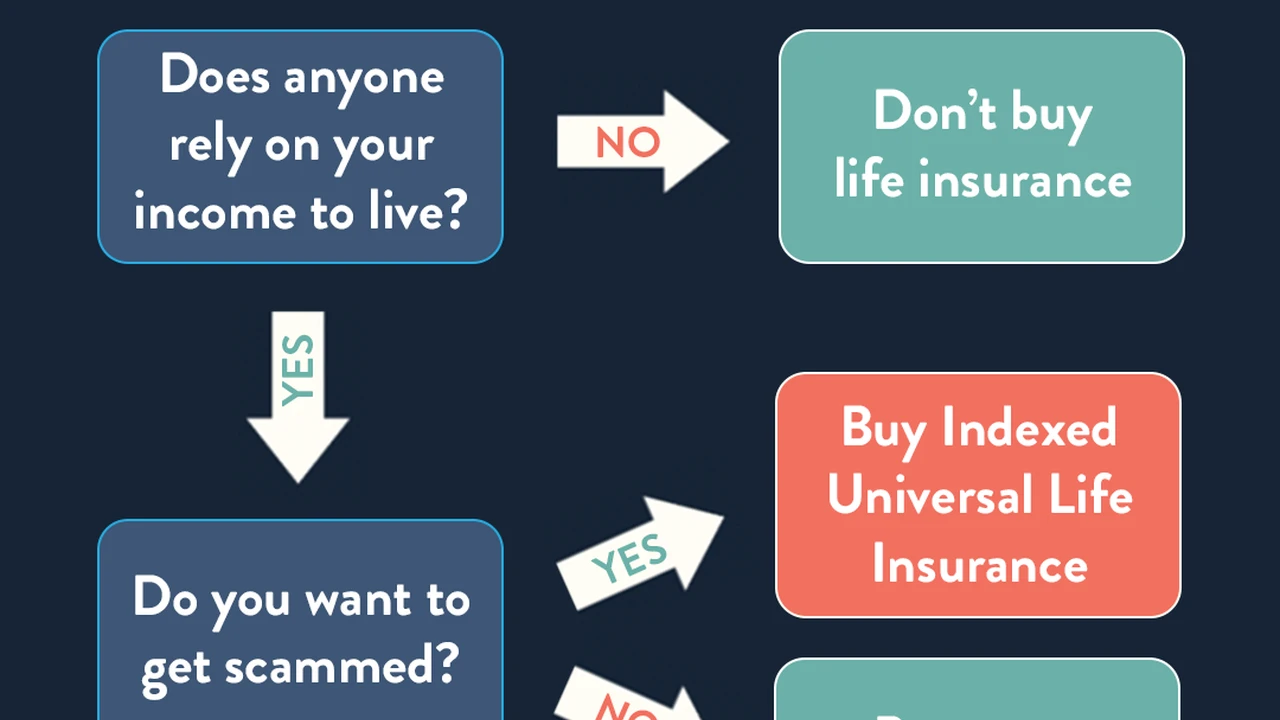Celebrating Safe Driving Milestones: Positive Reinforcement

Understanding the Importance of Positive Reinforcement for Teen Drivers Safe Driving Tips
Hey there, parents! Let's talk about something super important: keeping our teen drivers safe. We all know how nerve-wracking it is when they first get behind the wheel. But instead of just nagging and worrying (though, let's be honest, we'll still do some of that!), let's focus on the power of positive reinforcement. Think of it like training a puppy, but with a lot more responsibility and a slightly higher risk of fender benders. Seriously though, fostering good driving habits early on is key, and positive reinforcement is a powerful tool in your parenting arsenal.
Why positive reinforcement? Well, think about it. Does yelling and constantly pointing out mistakes really work? Probably not. It creates anxiety, resentment, and a general feeling of "I can't do anything right." Positive reinforcement, on the other hand, encourages good behavior by rewarding it. It makes your teen feel confident, capable, and motivated to continue driving safely. It's about creating a positive association with safe driving, not a negative one.
Setting Realistic Goals and Milestones Teen Driving Contract Safe Driver Rewards
So, how do we actually *do* this positive reinforcement thing? First, you need to set realistic goals and milestones. Don't expect your teen to become a perfect driver overnight. Start small. Maybe the first milestone is driving without any distractions (phone put away, music at a reasonable volume) for a week. Or perhaps it's consistently using their turn signals, even when no one else is around. The key is to make the goals achievable and specific.
Consider creating a teen driving contract. This isn't about being a dictator; it's about setting clear expectations and consequences (both positive and negative). In the contract, you can outline the rules of the road, restrictions (like curfews or passenger limits), and the rewards for meeting certain milestones. Make it a collaborative process, involving your teen in the creation of the contract. This will make them feel more invested and responsible.
What kind of rewards are we talking about? Well, it depends on your teen and what motivates them. It could be anything from extra screen time to a gas card, a new accessory for their car (safely related, of course!), or even just a heartfelt "I'm really proud of how responsibly you're driving." Don't underestimate the power of verbal praise. Sometimes, just knowing that you're noticing and appreciating their efforts is enough.
Monitoring Teen Driving Habits Technology for Safe Driving GPS Trackers Teen Driver Safety Apps
Okay, let's be real. Positive reinforcement doesn't mean blind faith. You still need to monitor your teen's driving habits. Thankfully, there are tons of technologies available to help you do this. Think of them not as spying tools, but as safety nets. They can provide valuable insights into your teen's driving behavior and help you identify areas where they need improvement.
GPS Trackers: These devices allow you to track your teen's location in real-time. You can set geofences (virtual boundaries) and receive alerts if they stray outside of those areas. Some trackers also monitor speed, hard braking, and rapid acceleration. This information can be invaluable in identifying risky driving behaviors. A good example is the LandAirSea 54 GPS Tracker. It's small, discreet, and offers accurate real-time tracking. It costs around $30 and requires a monthly subscription for data. Another option is the Optimus 2.0 GPS Tracker, known for its long battery life and user-friendly interface, priced at approximately $40 with a subscription fee. Consider the Tracki GPS Tracker as a budget-friendly option, costing around $25 with a subscription. These trackers are best used for monitoring location and identifying potential speeding or reckless driving incidents.
Teen Driver Safety Apps: There are a plethora of apps designed specifically for teen drivers. These apps typically monitor speed, phone use while driving, and other risky behaviors. Some even offer gamified challenges and rewards to encourage safe driving. A popular choice is Life360. While it's primarily a family locator app, it also offers driving safety features like crash detection and speeding alerts. A basic subscription is free, but you'll need to upgrade to access the driving safety features. Another app to consider is DriveSafe.ly, which automatically reads text messages and emails aloud so your teen doesn't have to look at their phone. It's a subscription-based service. Finally, Bouncie is a device that plugs into the car's OBD port and provides detailed driving data, including location, speed, and hard braking events. It comes with a monthly subscription. These apps are great for providing immediate feedback on driving habits and encouraging safer behavior.
Comparison: When choosing between a GPS tracker and a teen driver safety app, consider your needs. GPS trackers excel at location monitoring and providing detailed driving data. Teen driver safety apps offer a broader range of features, including crash detection and distraction prevention. The cost varies, with some apps offering free basic features and others requiring a subscription. Consider the ease of use and compatibility with your teen's smartphone when making your decision.
Addressing Mistakes and Setbacks Learning from Mistakes Teen Driver Education Programs
Okay, so your teen made a mistake. They got a speeding ticket, or they had a minor fender bender. It happens. The key is to use these situations as learning opportunities, not as reasons to tear them down. Instead of saying "I told you so!", try saying "Okay, let's talk about what happened and how we can prevent it from happening again."
Consider enrolling your teen in a defensive driving course. These courses teach valuable skills and techniques for avoiding accidents. They can also help your teen understand the consequences of risky driving behaviors. Plus, some insurance companies offer discounts for drivers who complete these courses.
Talk openly and honestly about the dangers of distracted driving, impaired driving, and aggressive driving. Share real-life stories and statistics. Make sure your teen understands the serious consequences of these behaviors. And most importantly, lead by example. If you're constantly texting while driving, your teen is going to think it's okay. Practice what you preach.
The Role of Insurance in Teen Driver Safety Teen Driver Insurance Costs Safe Driving Discounts
Let's face it, adding a teen driver to your insurance policy is going to increase your premiums. But it's a necessary expense to protect your family financially. Shop around and compare rates from different insurance companies. Look for discounts for good students, safe drivers, and vehicles with safety features. Some insurance companies even offer discounts for teens who complete driver education courses.
Consider increasing your deductible to lower your monthly premiums. But make sure you can afford to pay the deductible if you have to file a claim. Talk to your insurance agent about the best coverage options for your family. Make sure you have adequate liability coverage to protect yourself in case your teen causes an accident.
Remember, safe driving habits not only protect your teen and others on the road, but they can also save you money on insurance in the long run. Encourage your teen to be a responsible driver, and you'll both benefit.
Recommended Products for Teen Driver Safety and Insurance Savings
Here are some specific product recommendations to enhance teen driver safety and potentially save on insurance:
- Automatic Pro Car Adapter: This device plugs into your car's OBD port and provides detailed driving data, including trip logs, fuel efficiency, and engine diagnostics. It can also detect crashes and automatically notify emergency services. Cost: Around $130. Use Case: Monitoring driving habits, detecting crashes, and improving fuel efficiency. Comparison: Bouncie (mentioned above) offers similar features, but Automatic Pro is known for its more robust diagnostic capabilities.
- Garmin DriveSmart 65 GPS Navigator: This GPS navigator offers advanced driver alerts, including forward collision warnings and lane departure warnings. It also provides real-time traffic updates and voice-activated navigation. Cost: Around $250. Use Case: Providing real-time driving assistance and preventing accidents. Comparison: Smartphone navigation apps offer similar features, but a dedicated GPS navigator can be more reliable and less distracting.
- Ring Car Cam: This dashboard camera records video of the road and the inside of the car. It can also detect accidents and automatically upload video to the cloud. Cost: Around $200. Use Case: Recording evidence in case of an accident, monitoring driving behavior, and deterring theft. Comparison: There are many dash cams available, but Ring Car Cam integrates with the Ring ecosystem and offers cloud storage.
Maintaining Open Communication and Trust Building a Strong Relationship with Your Teen Driver
Ultimately, the most important thing you can do to keep your teen driver safe is to maintain open communication and build a strong relationship with them. Create a safe space where they feel comfortable talking to you about their driving experiences, both good and bad. Listen to their concerns, offer advice, and provide support.
Remember, you're not just teaching your teen how to drive; you're teaching them how to be a responsible and safe member of the community. By focusing on positive reinforcement, setting realistic goals, monitoring their driving habits, and maintaining open communication, you can help your teen become a confident and safe driver.
:max_bytes(150000):strip_icc()/277019-baked-pork-chops-with-cream-of-mushroom-soup-DDMFS-beauty-4x3-BG-7505-5762b731cf30447d9cbbbbbf387beafa.jpg)



.webp)


